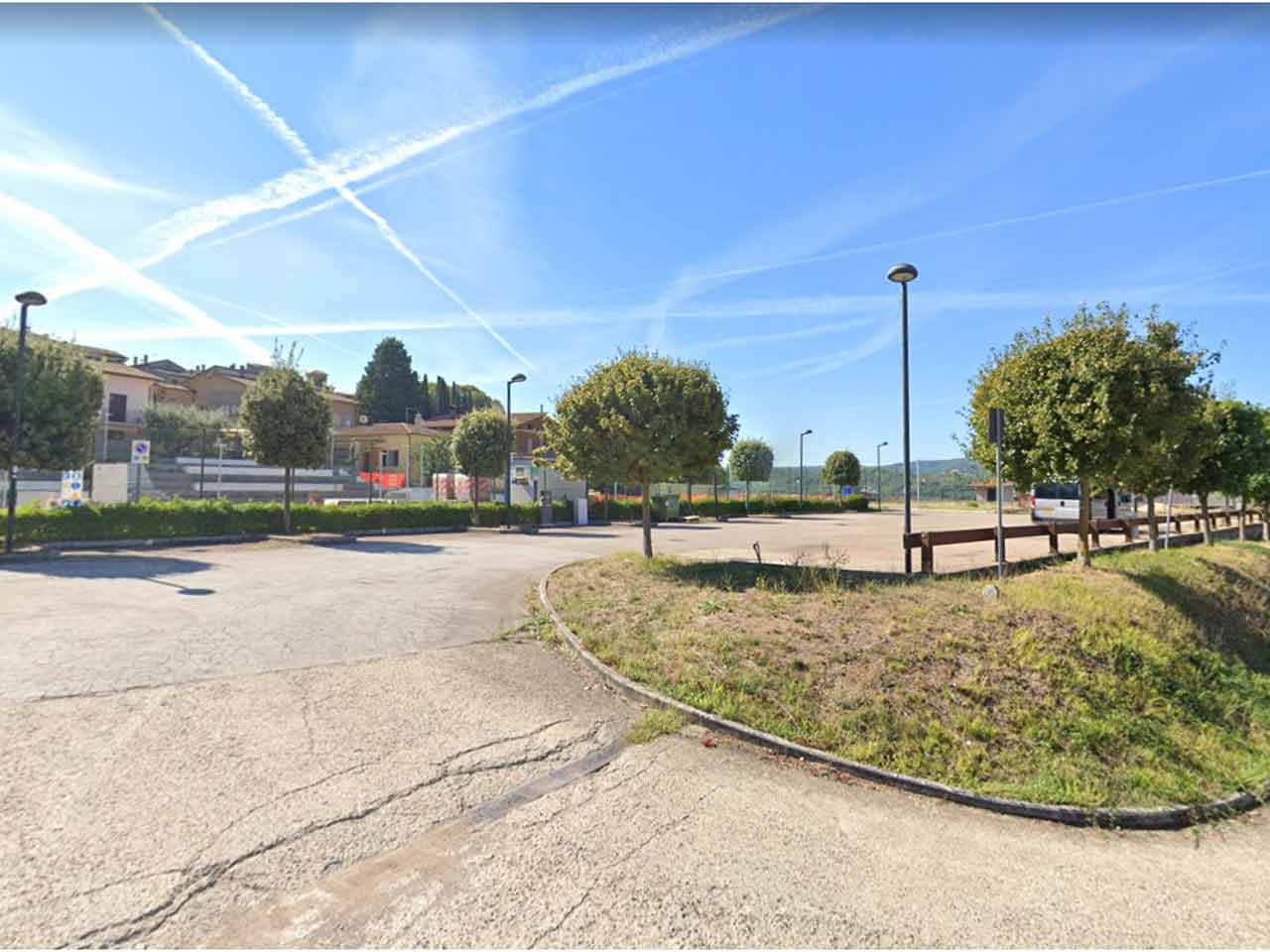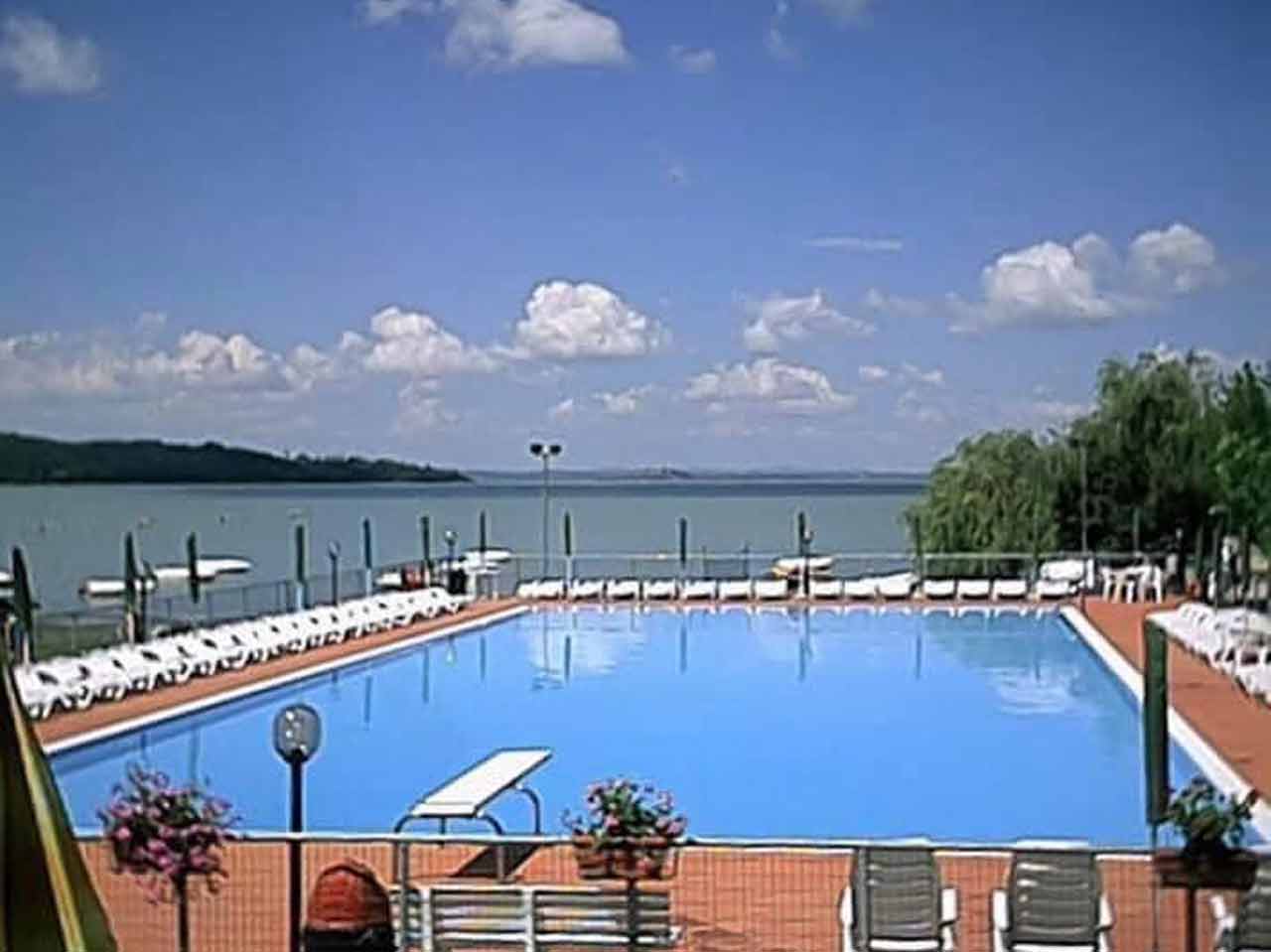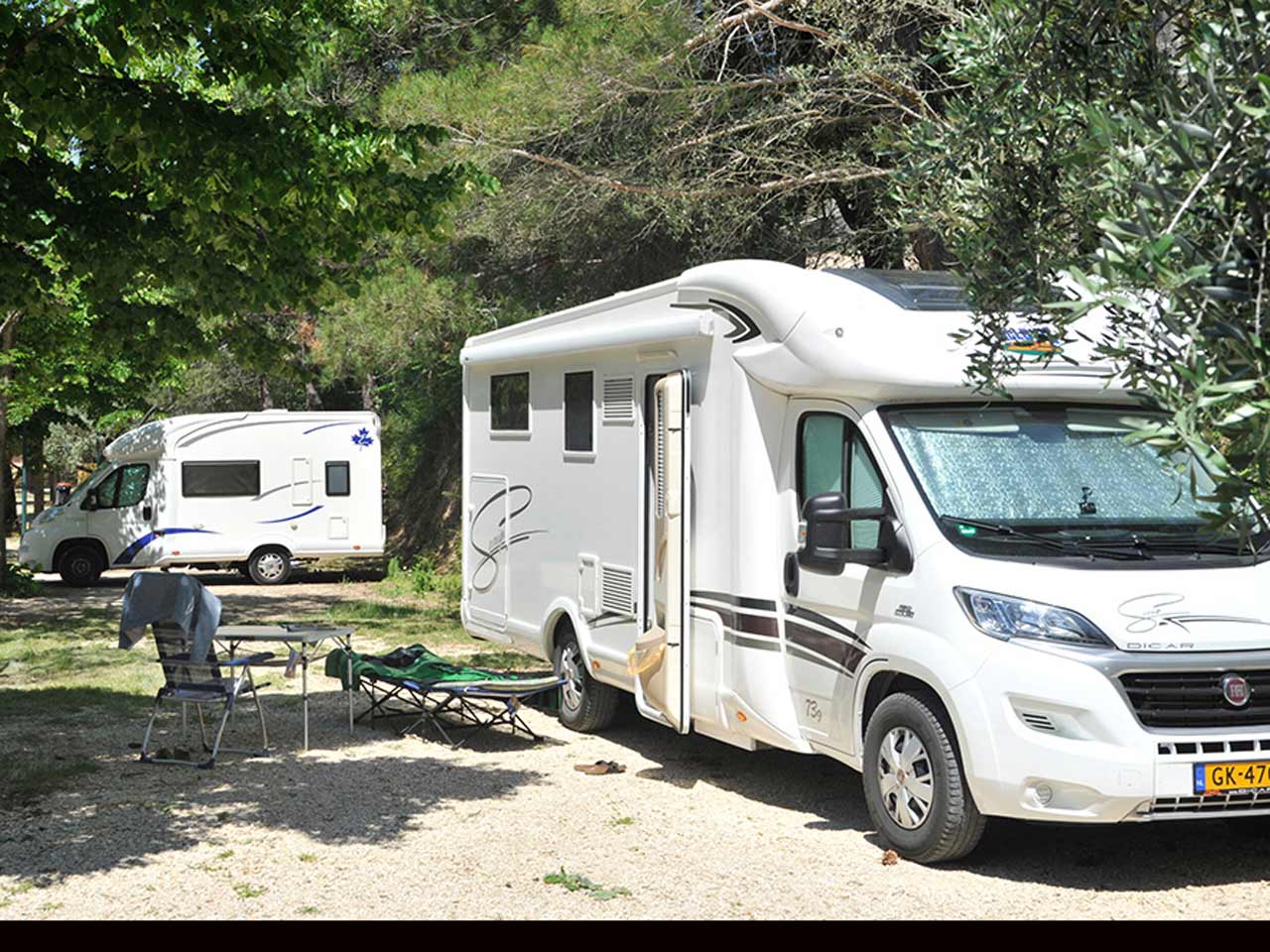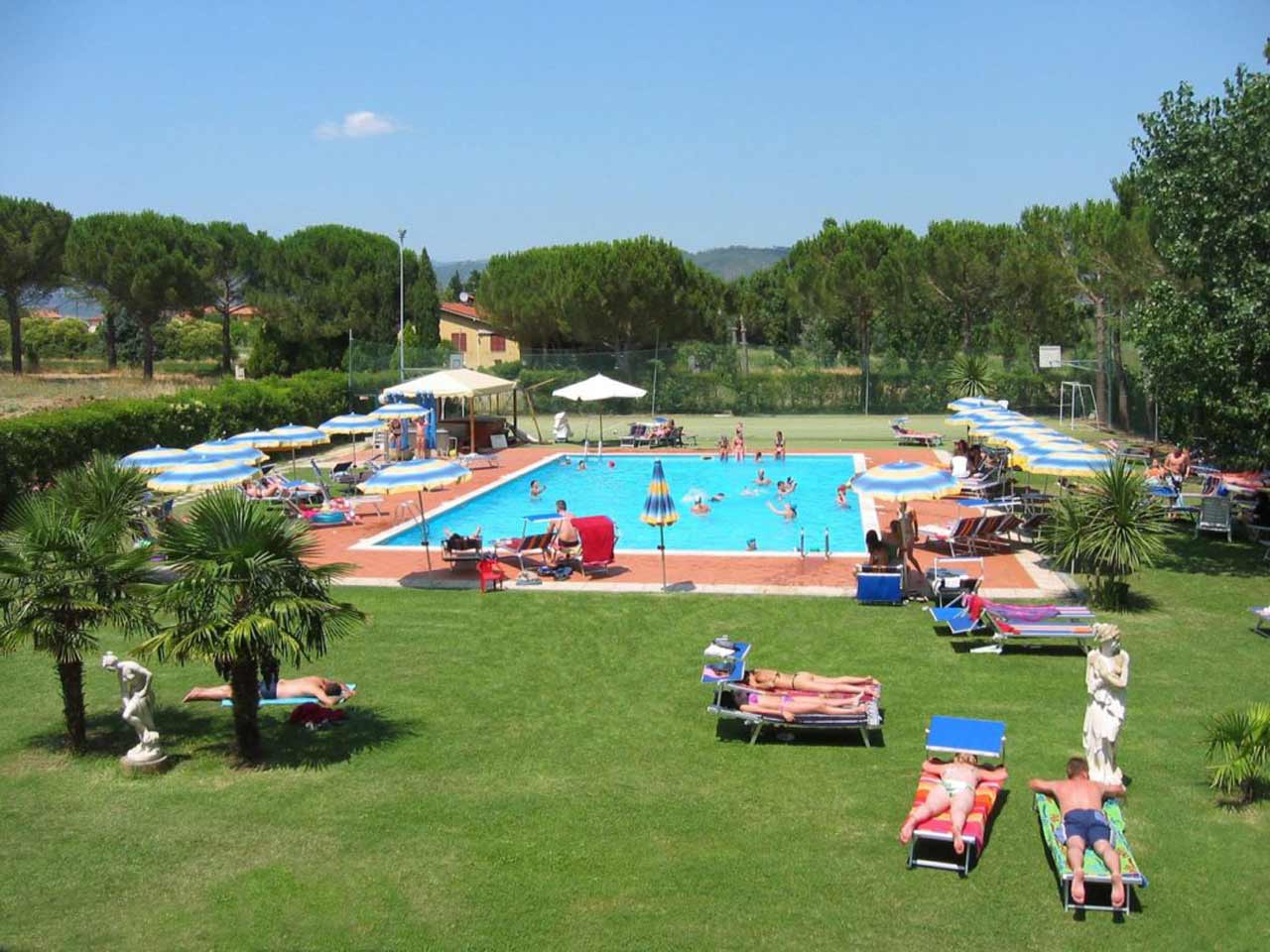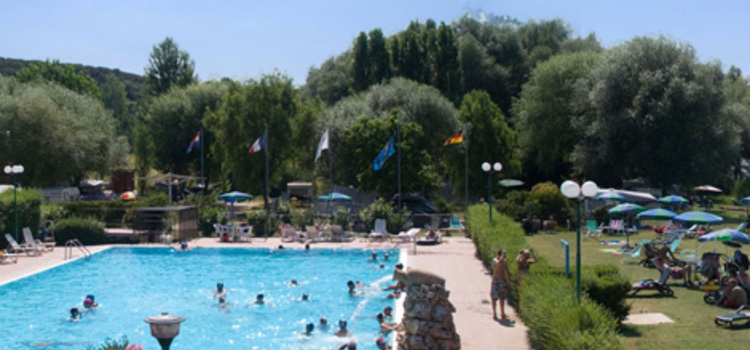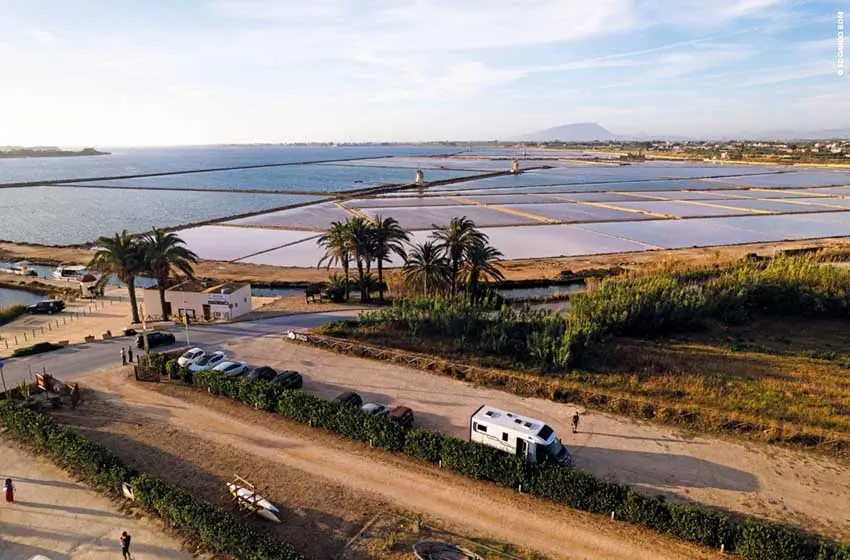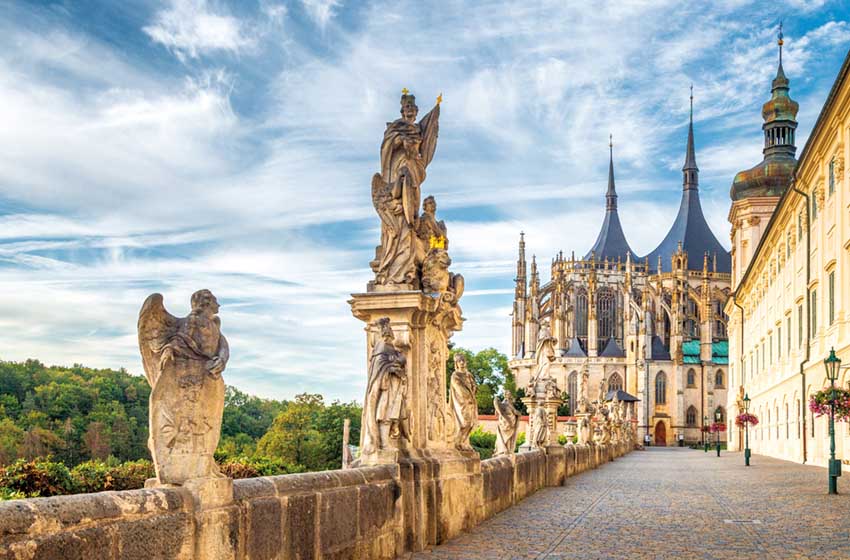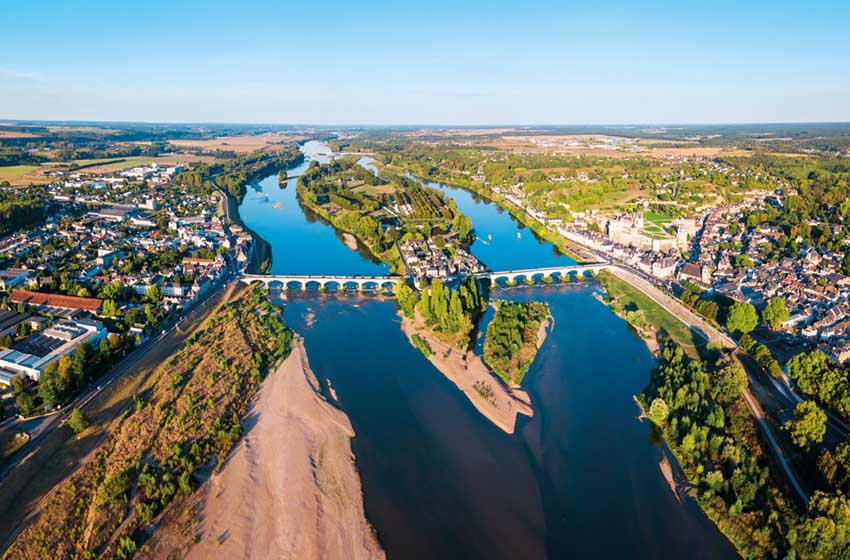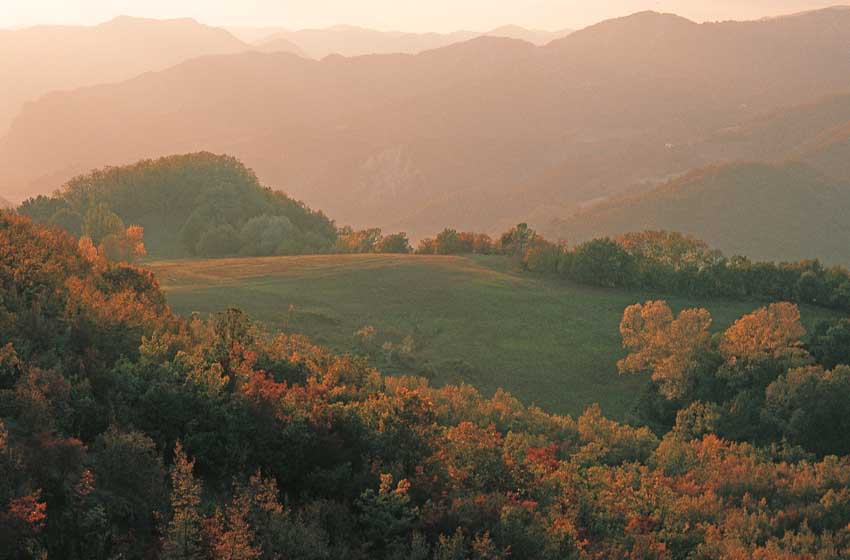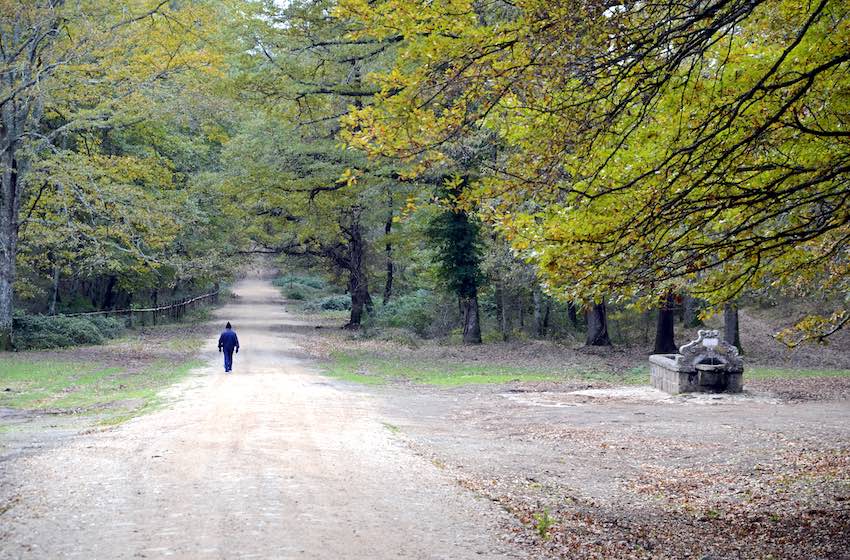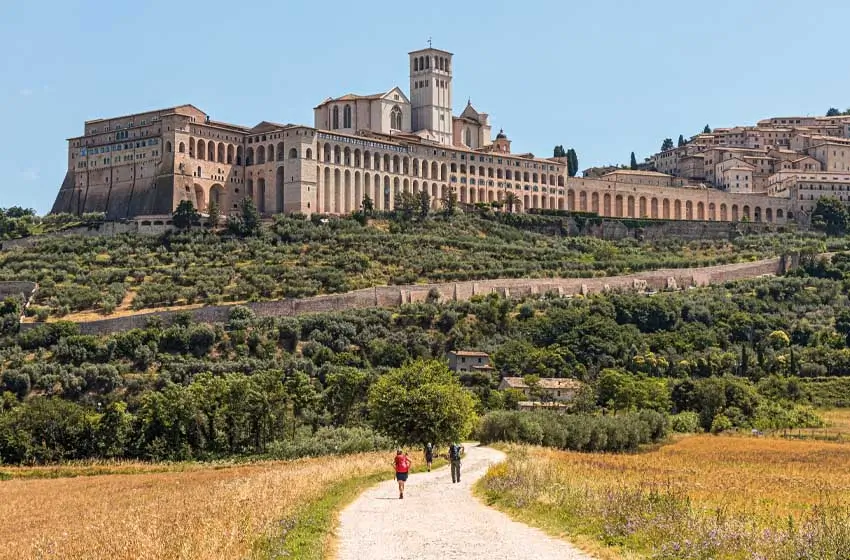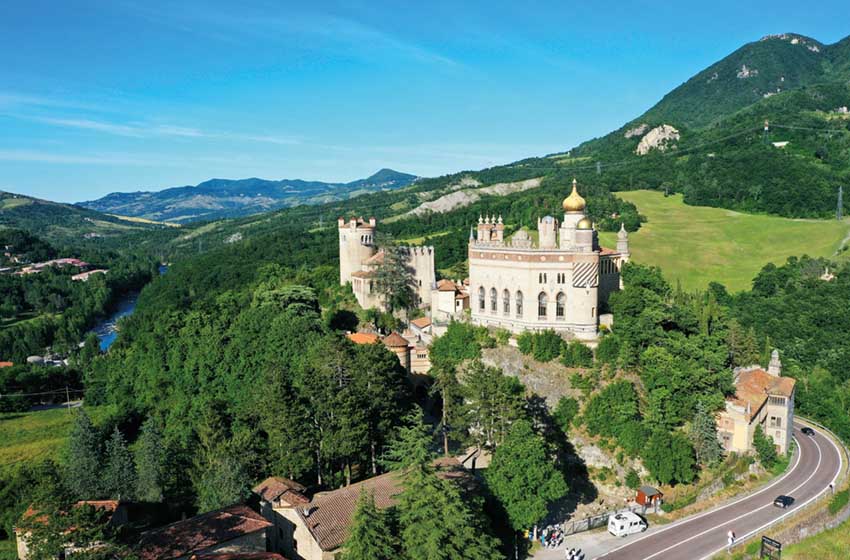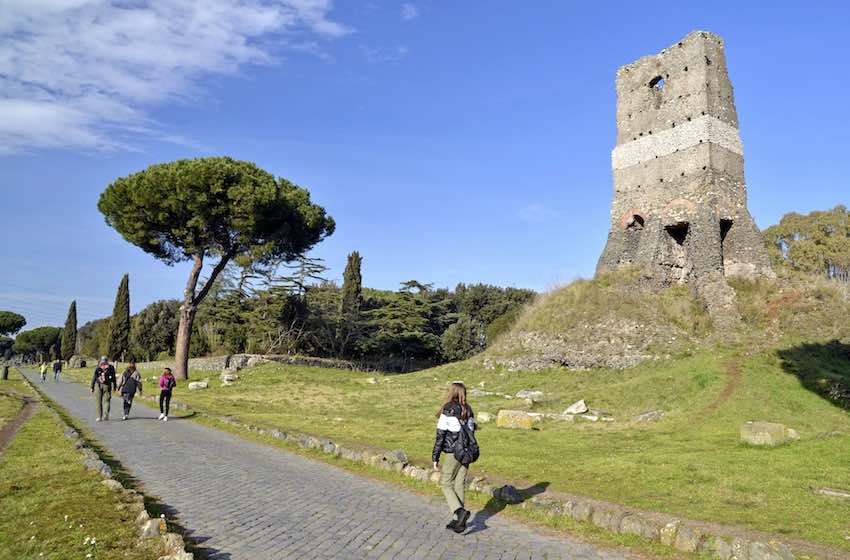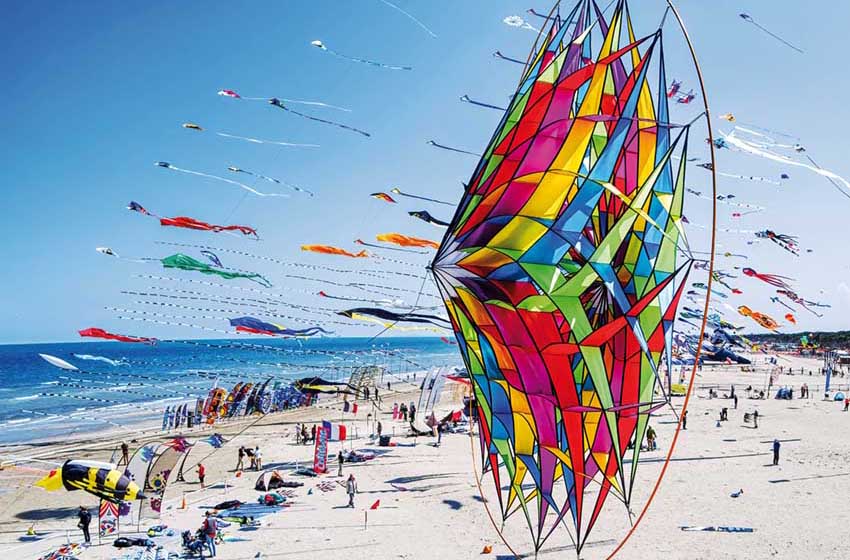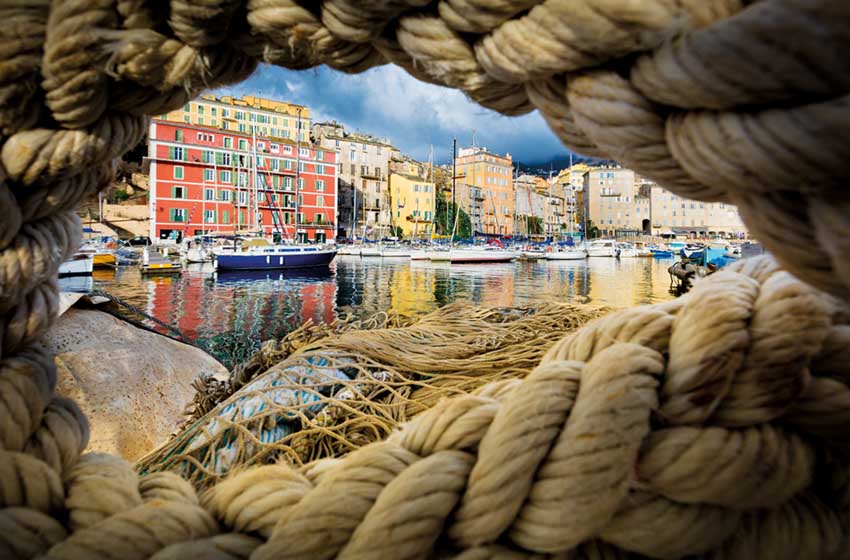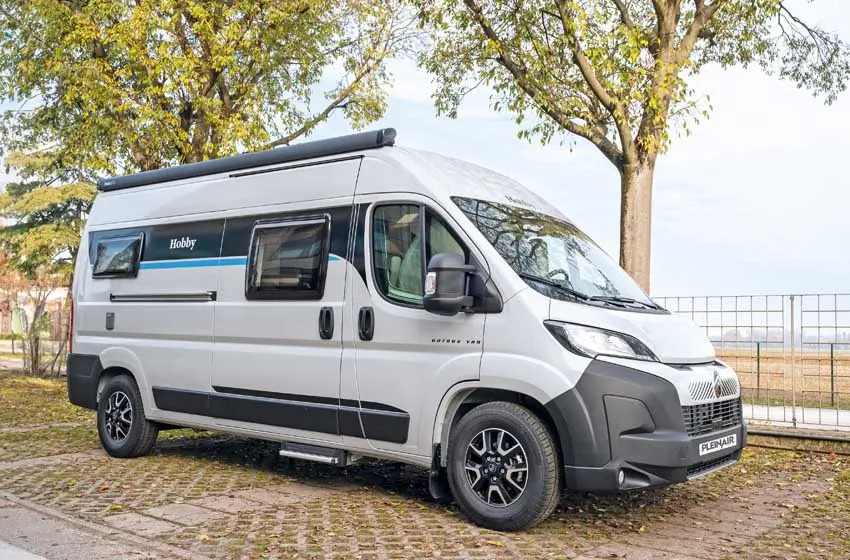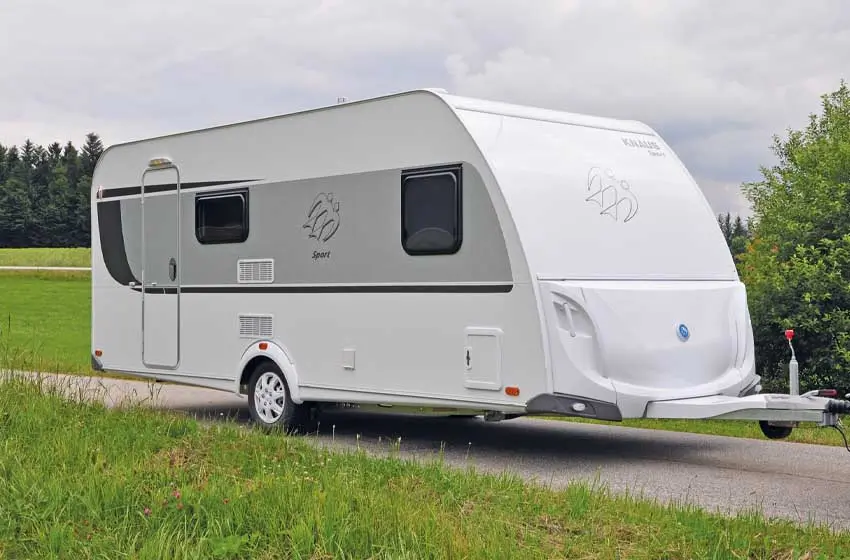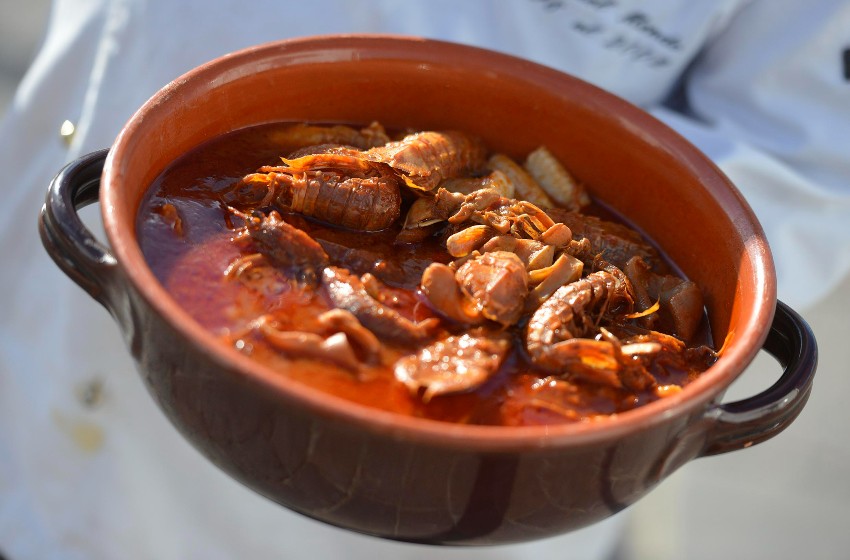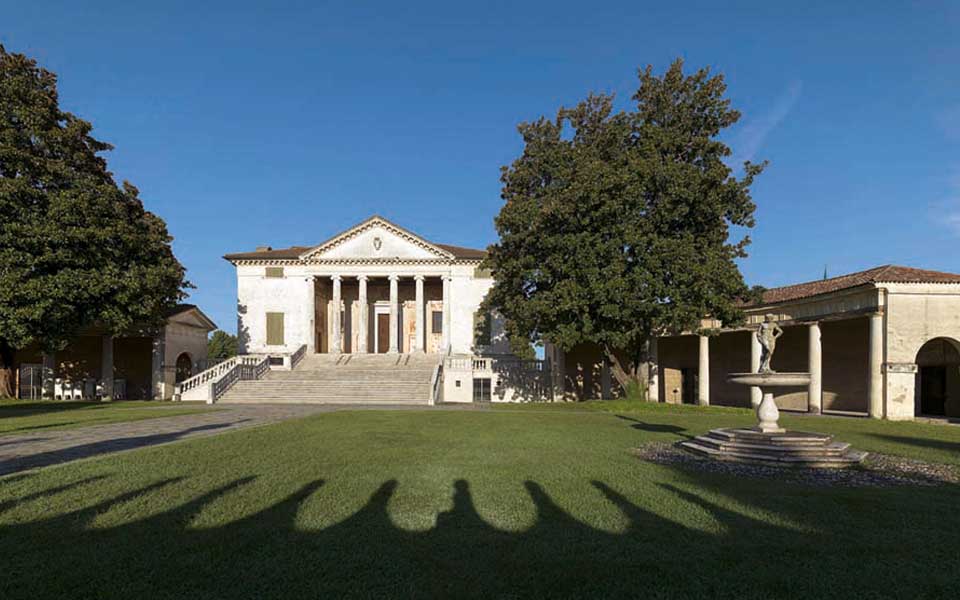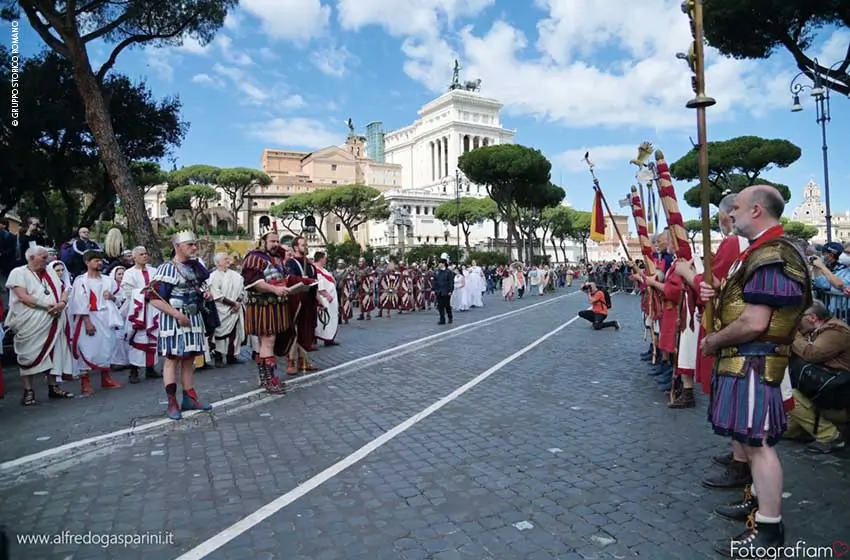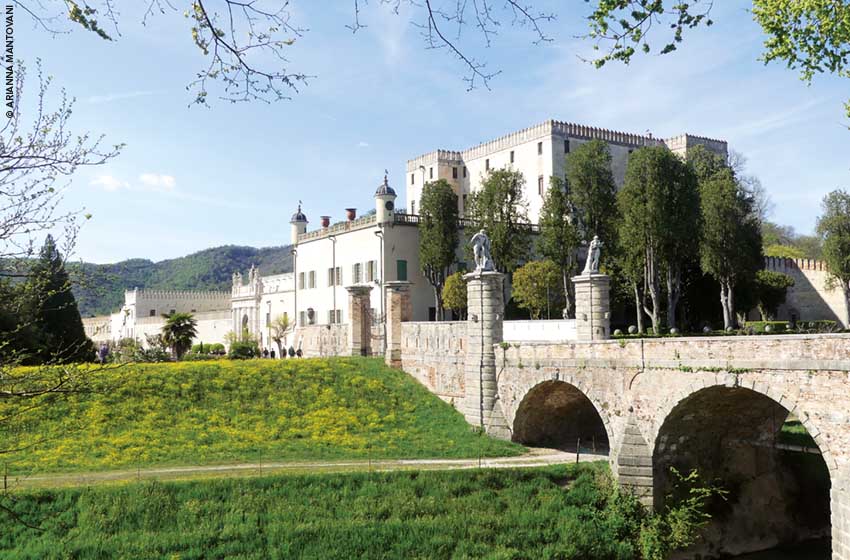Umbria is the area of Italy to go to if you want to find good food, cities of art, a spiritual heritage, but also silence and lots of, lots of nature. Nature, in Valnerina, it's powerful. You perceive it as you travel along the winding streets that connect the different villages, when you watch the sunrise from the window of a bed & breakfast, perhaps even while admiring the Cascate delle marmore.
And, right in the middle of this luxuriant nature that extends as far as the eye can see, they arise like small oases of villages with the houses still made of stone, the torches for illumination on the street corners and the brotherhoods that tell the passionate history of these small towns.
Countries that during the evening and holidays they come alive with people, because these villages are little by little repopulating and offer a sense of community that you can't even feel in cities.
So if you're in this area, we want to give you some tips on what to see around the Marmore Falls in 2 days. Don't make the mistake of just stopping at this attraction. Instead, it can be your starting point to discover an area of Italy rich in history and life.
Discover the discounts and advantages of the PleinAirClub in Umbria!
Departure from the Marmore Falls
The Marmore Falls are a system of waterfalls located in the Umbria region. They are made up of three different waterfalls which extend to a total height of approx 165 meters and represent one of the most famous natural attractions in Italy.
The highest, called the Great Waterfall, has a height of 83 meters and is the most impressive of the three. The release of water occurs at set times when the water flow rate is increased.
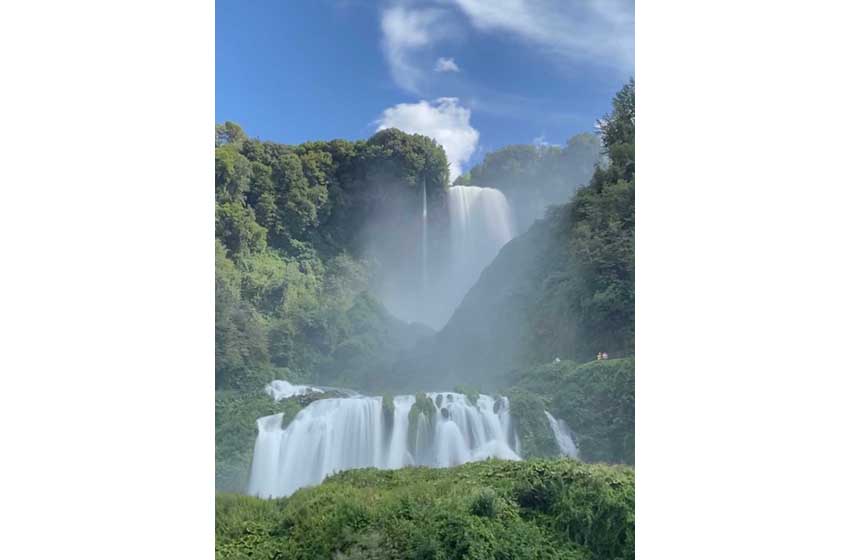
The Marmore Falls are fed by the Velino river, which flows in the surrounding area, and were created artificially by the ancient Romans in the 3rd century BC to divert the flow of the river and prevent flooding in the city of Rieti. Today, the waterfalls are managed by the Marmore Falls National Park and are open to visitors all year round.
The area around the Marmore Falls offers many hiking trails and picnic areas and is popular with nature lovers, water sports and adventure-seeking tourists. Additionally, the falls are illuminated at night, creating an enchanting and romantic atmosphere for an evening stroll.
If you want to start your tour right at the Marmore Falls, you can choose between two accommodations for your vehicle. Near the entrance to the waterfalls, in Collestatte Piano, there is amotorhome area where you can park for the whole day, take advantage of electricity and drainage. If, however, you plan to leave the vehicle idle for several days you can opt for the Camping Le Marmore which is located at the top of the attraction. Parking costs a little more than the camper area but you can enjoy shaded pitches and all the services of a campsite. At this point you can leave and discover what to see in the surroundings of the Marmore Falls.
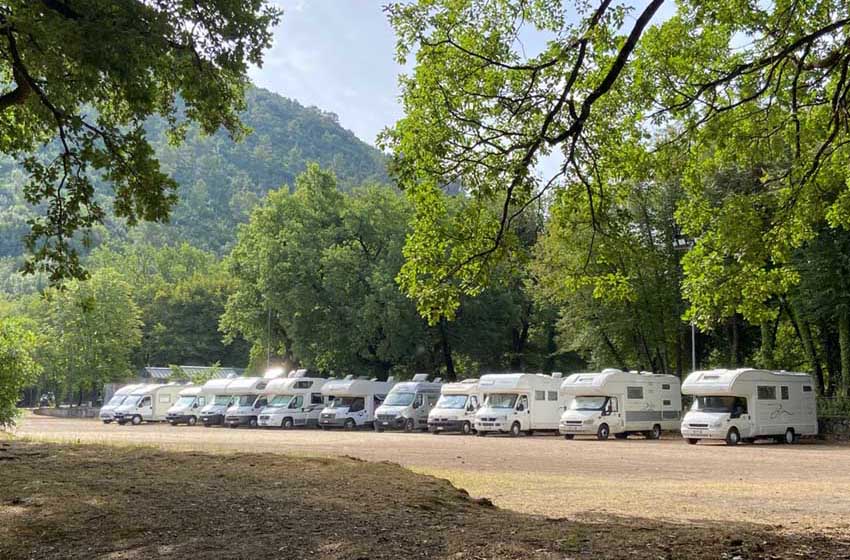
Narni
The main attraction for which the village of Narni is known is theNarni Soterranea“. In fact, beneath the ancient streets, there is a labyrinth of caves and underground tunnels that tell the centuries-old stories of this land. To explore these intricate passages you can book a visit.
The second interesting attraction of Narni is the Augustus Bridge, a magnificent Roman bridge dating back more than two thousand years, a majestic work that dominates the city. Admire its imposing stone structure and be enchanted by the breathtaking view of the valley below.
Other points of interest in the city are the Cathedral of San Giovenale, dedicated to the first bishop of Narni, e Eroli Palace, which today contains the museum and library. If you want to go a little further you can get to Rocca Albornoz which stands on Monte Maggiore and watches over the city.
But the beauty of Narni certainly does not end here and manages to also attract younger people looking for something that will excite them. Narni is a living city, full of colours, sounds and scents that delight the senses. Here you can taste Umbrian extra virgin olive oil, fine truffles and artisanal cheeses. Accompany it all with an Umbrian wine and you will never want to leave.
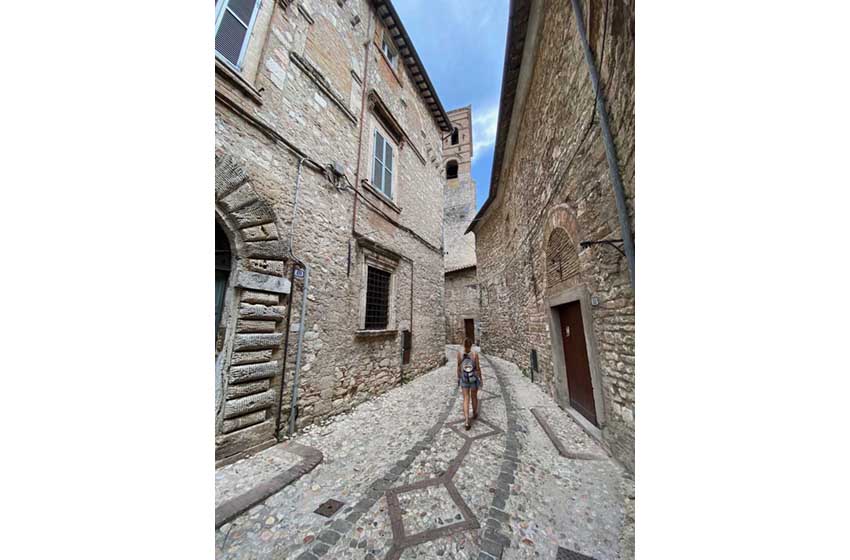
The historic festival takes place every yearRace to the Ring” which will take you back to the time when brave knights defied fate to thread a ring with a spear. On this occasion the city comes alive with flag-wavers, musicians, colors and many candles that light up the streets at night.
Finally, let's not forget the literary connection of Narni! It is said that CS Lewis, the author of the famous “Chronicles of Narnia“, drew inspiration from this city to create his fantasy world. To visit it you can park in the camper area at the beginning of the town.
Here are the rest areas in Narni
Read also: “The Chronicles of Narni, a journey to the province of Terni”
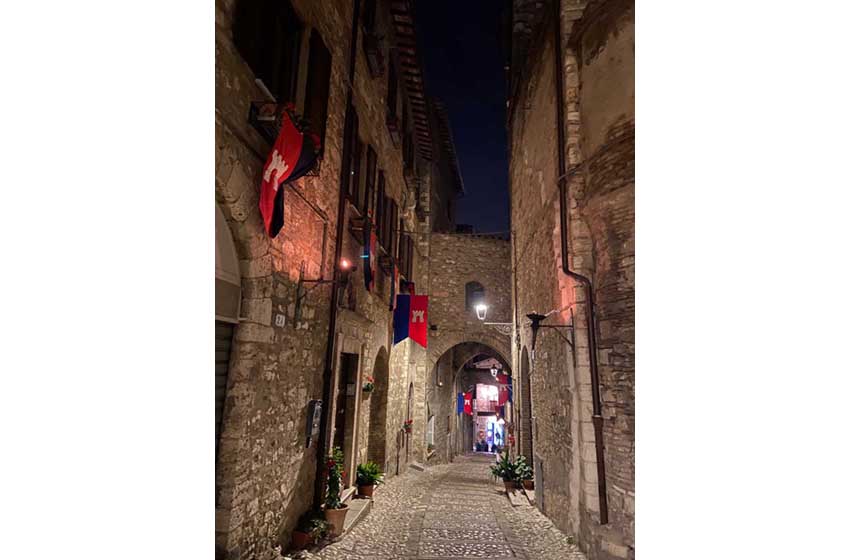
Labro
The village of Labro is a small medieval town at six hundred meters above sea level, with a breathtaking view of Lake Piediluco and Mount Terminillo.
It is a stone village rich in history and charm, which preserves its original structure intact with its houses, its palaces, its portals and its churches. Labro looks like this today since it has been restored in the 60s thanks to the intervention of a group of Belgians who fell in love with this place and wanted to restore it to its former glory.
Walking through its stepped streets, among arches and flowered balconies, is like taking a leap into the past and for this reason we recommend it among what to see in the surroundings of the Marmore Falls. The heart of the village is the small square where three doors open which give rise to the three main streets. The highest path leads to the Castle of the Nobles, the family that ruled the country between the 10th and 16th centuries. The castle houses the church of Santa Maria and the Vitelleschi palace. From here you can enjoy a panoramic view of the lake and the valley below.
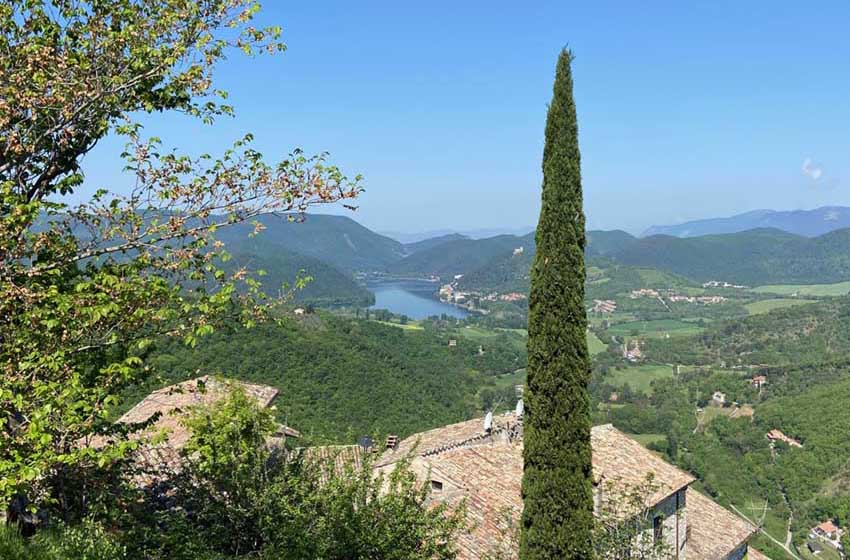
Among the churches to visit there is Santa Maria Maggiore and connected to it there is also the Chapel of Our Lady of the Rosary. Near the entrance to the church you will also find the Tower, which is worth a visit.
Another very interesting initiative from Labro is one reading room open both during the day and in the evening, with a table and shelves full of books and role-playing games. A place to escape to spend time in relaxation and tranquility.
In its streets you find elegant restaurants with tables both inside and outside, where you can spend a different evening than usual.
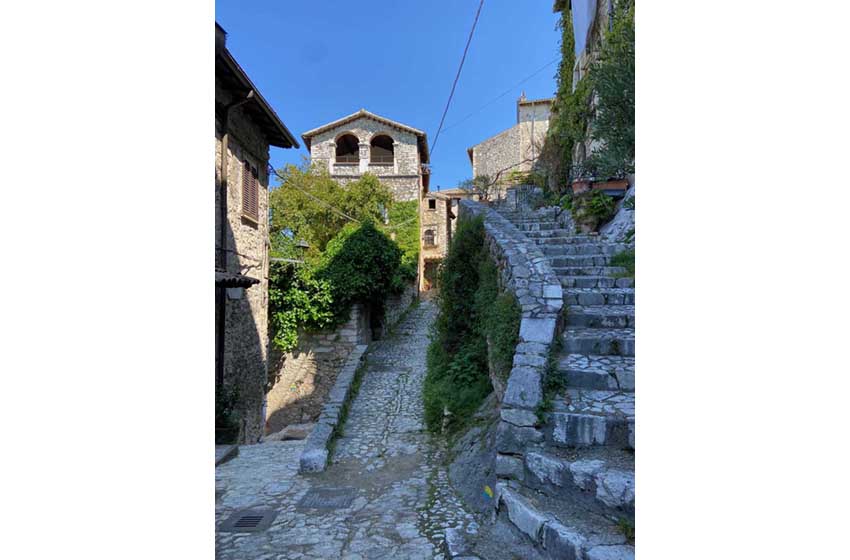
Piediluco lake
Lake Piediluco is the second largest in the region after Trasimeno. It is surrounded by an enchanting landscape made up of hills, woods and obviously the medieval villages we are talking about.
Its name is thought to mean “at the foot of the sacred grove” and represents one of the remains of the ancient Lacus Velinus, a large alluvial basin that formed in the Quaternary. In Roman times, the lake was called "Septem Aquae“, that is “Seven Waters”, for its seven arms. Right on its banks, the famous orator Cicero defended the Reatini from the Ternani's claim to divert the course of the Nera river. As evidence of its long history, important finds from the Final Bronze Age have been found, such as bronze weapons and tools.
Today Lake Piediluco is one ideal destination for those who love nature and sport. The lake is in fact suitable for swimming and offers the possibility of practicing various water activities such as rowing, kayaking, pedal boats and fishing.
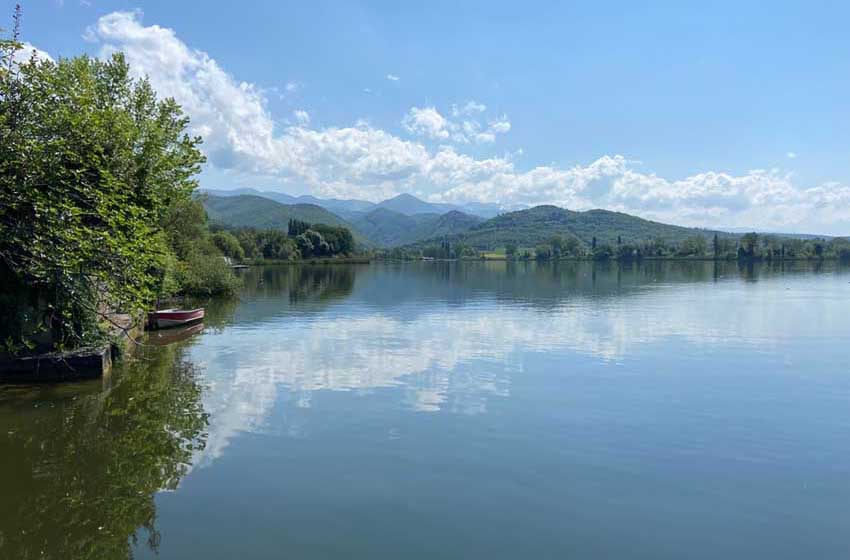
You can also do some suggestive things on the lake boat excursions, which allow you to admire the natural and historical beauties of the place. Among these, the National Rowing Center stands out, where international rowing competitions take place and where you can observe the athletes engaged in training.
Finally, let's not forget the town of Piediluco. What distinguishes it are its colorful houses overlooking the lake, the fortified fortress, the Romanesque church dedicated to Santa Maria del Colle and the Sanctuary of San Francesco. Among the most important events that take place on the lake is the Water Festival, which celebrates the summer solstice with fireworks and musical shows.
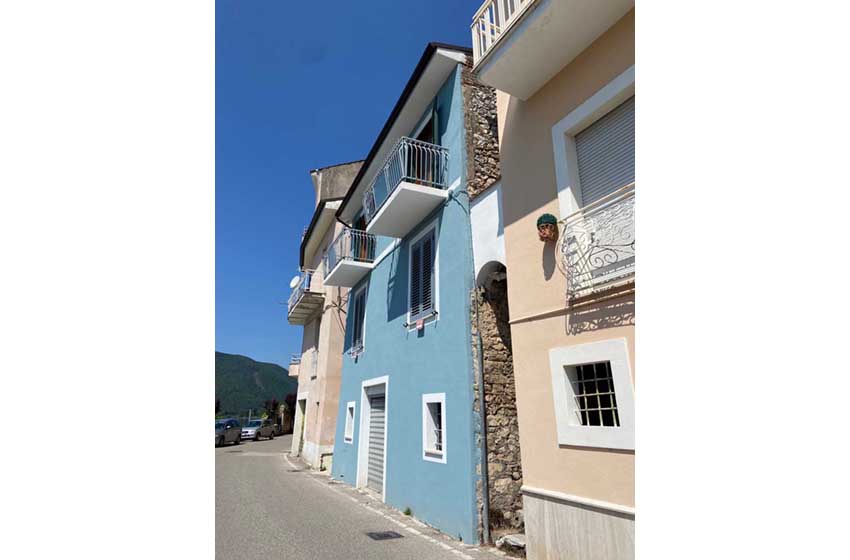
On the shores of the lake there is the Green Heart Campsite where you can stop the vehicle to enjoy a few days of rest, especially in summer.
Read also: “Umbria by camper: 8-day trip from Feltre to Lake Fiastra”
Other villages to see in the surroundings of the Marmore Falls
Valnerina is full of villages, some are better known while others are less traveled. But if this is exactly what you like about Umbria, immersing yourself in a timeless atmosphere where the houses are still made of stone, the cats sleep in front of the door and the valley offers only silence, then you should extend your walk and touch some other village.
Collestatte
Collestatte is a small hamlet in the municipality of Terni which extends on a hill about 400 meters above sea level. Today it is visited mainly for the spectacular view which overlooks the valley, but in the Middle Ages it represented a focal point around which the castle was born. In fact, the Collestatte Castle was in the past one of the strategic points for the defense of the Umbrian territory.
Collestatte also offers other attractions, such as Church of St. Peter, which preserves inside some valuable works of art including the Altarpiece dating back to the 500th century and whose bell tower was created in the old watchtower.
The hamlet is also a starting point for excursions in the surrounding nature, with routes through the woods and Umbrian hills that offer splendid views of the Nera river valley.
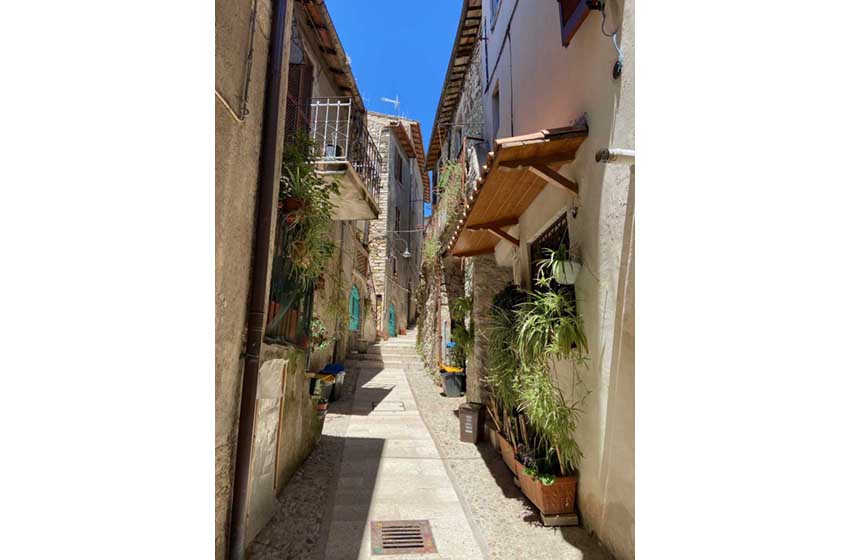
Torreorsina
Torreorsina is a small medieval village 11 km from Terni. Its name comes from watchtower built in 1270 by the Municipality of Spoleto and the Orsini family who were its lords for centuries.
The town still retains its historical appearance with the Renaissance gate, the Church of Santa Maria Assunta, feudal palace of the Orsini-Manassei and De Felice park dedicated to the sculptor Aurelio De Felice, a native of the place.
Torreorsina has a population of around 280 inhabitants and celebrates its patrons San Rocco and San Teodoro martyr in mid-August. He also has a musical group of drums and clarions that performs in various events and historical re-enactments wearing 700th century clothes.
Read also: “Top 6 villages to see in Umbria”
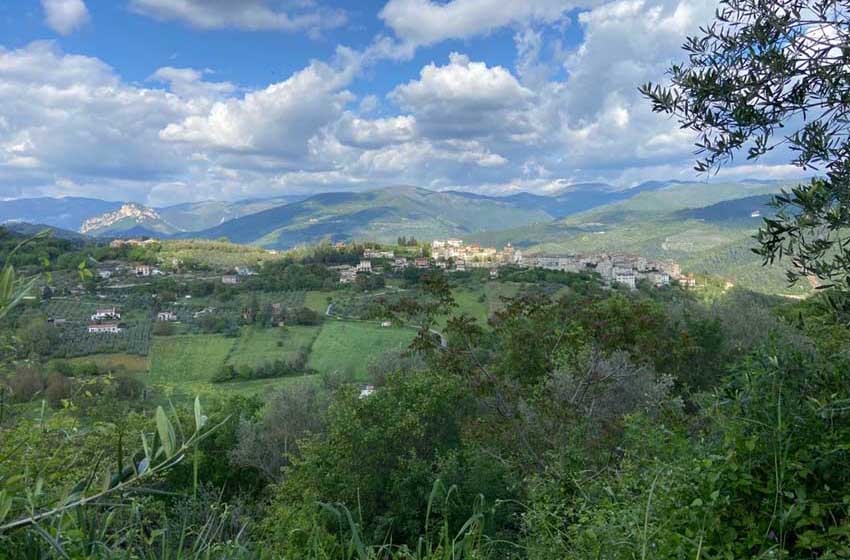
San Gemini
The history of San Gemini is linked to its location along the Via Flaminia and its proximity to the ancient Roman city of Carsulae. The town developed between the 7th and 9th centuries around the cult of San Gemine, a Syrian monk who evangelized the area.
In the Middle Ages, San Gemini became a free municipality under the protection of the Church and was equipped with walls, towers and palaces. He was involved in the fights between the Guelphs and Ghibellines and in the disputes with the neighboring municipalities. In 1530 it came under the dominion of the Orsini, then of the Santacroce and finally of the Papal State. With the unification of Italy it lost a large part of its assets and traditions. In 1889 the production of Sangemini mineral water began, which contributed to the economic rebirth of the town.
The municipality is famous for its mineral waters, its medieval village and the archaeological site of Carsulae. Among the main attractions to see there is certainly the Porta Romana, built in the 18th century, which allows access to the historic center.
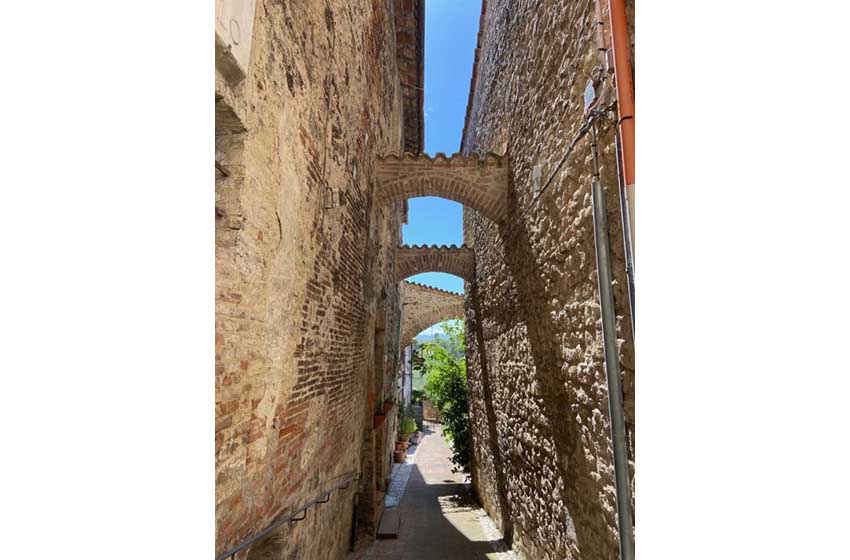
They are also interesting Church of San Francesco, a 200th century Gothic church which houses fifteenth century frescoes from the Umbrian school, and the Church of San Nicolò, an example of Romanesque architecture. Also mark on the map the Praetorian Palace, Esperia Tower and Palazzo Canova, so called because it was the summer residence of the famous sculptor Antonio Canova.
Between cultural visits, excursions, sports, food and events you will see that the surroundings of the Marmore Falls will not disappoint you.
Here are the rest areas in San Gemini
Text and photos by Eleonora Truzzi
--------
You can read all PleinAir itineraries in Umbria in the digital magazine on your PC, tablet or smartphone. With a year of subscription at PLEINAIR (11 paper issues) you have at your disposal the special inserts, the digital magazine and the digital archive from 2015 (with attachments).
With your PleinAir subscription, you receive the next issues comfortably at home and save!


